HP&CP Senior Paper
(updated 3/31/2010)

Email me

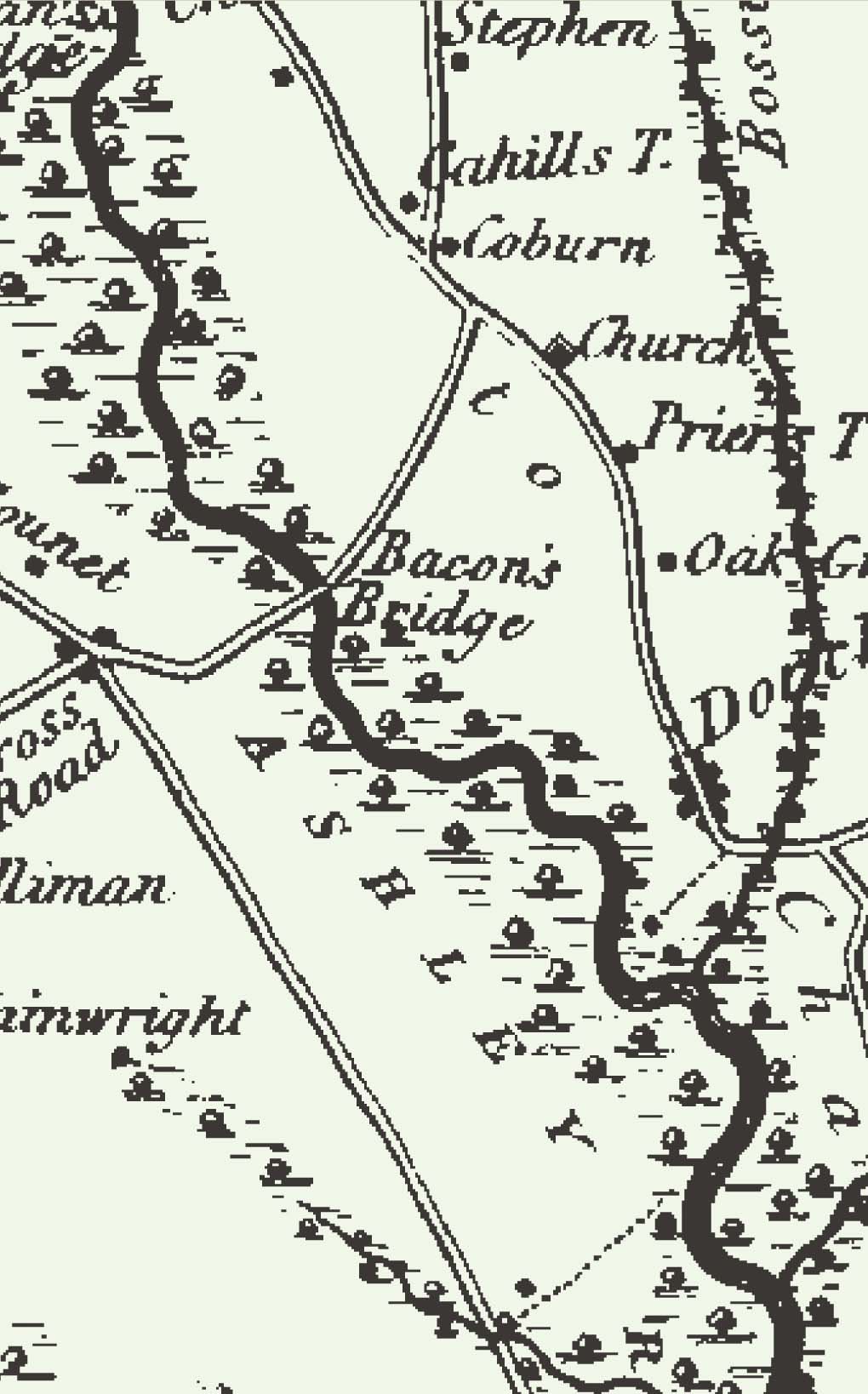
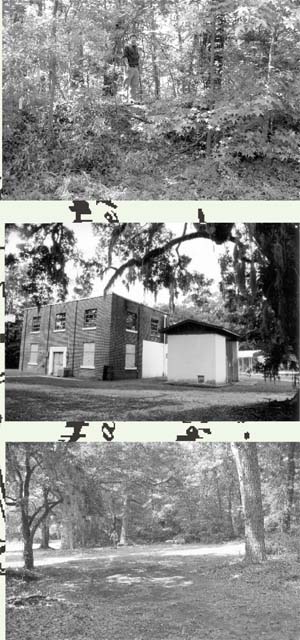
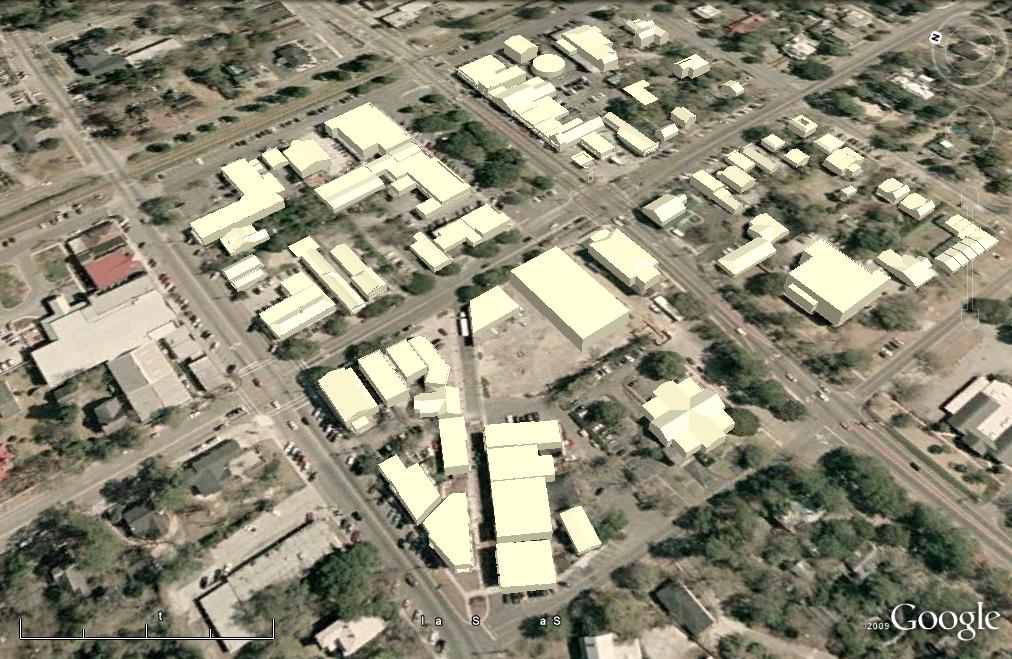
Course
Purpose, Description,
and Structural Content Overview
The
main point of contact for this project will be Chris Ohm, a recent
graduate of
the graduate school of preservation here at the college, who is head
curator
and manager for the
The
structure
for this course is in three parts as follows:
| Downtown Model: A Work in Progress
(Open this KMZ file in Google Earth) |
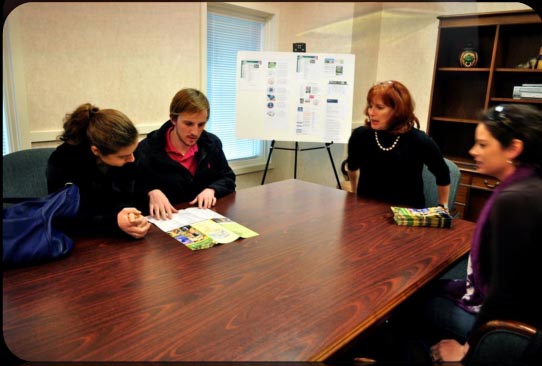
-
The first is
a literature search and interim background report
dealing with four different perspectives in preservation today
conducted by four teams. We will simultaneously be making a field trip
to the town and area and collecting on site information, meeting with
people and familiarizing ourselves first hand with the situation there.
Each team will present a power point and handout of their findings to
enable the other members of the class to benefit from their research.
Team 2: Selling History based on Stephanie Yuhl’s book and a review of the existing efforts at downtown revitalization (https://www.summervilledream.org/)
Team 2 PresentationTeam 3: Saving
the Countryside based
on a review of the first four chapters of Stokes et al’s book and the
area wide
plans (https://www.ourregionourplan.org/resources.htm);
and the new planning initiatives for the Mead Westvaco tract and the
new LEED
standards for community building;
Team 4: New Initiatives in Preservation based on a review of Thomas King’s book and the work being undertaken for various heritage corridors here in the Low Country including the Gullah Geechee corridor (https://www.nps.gov/guge/index.htm)
Team 4 Presentation
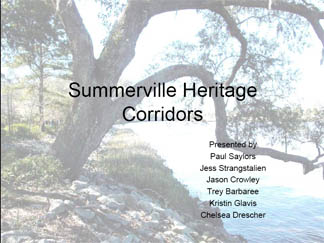
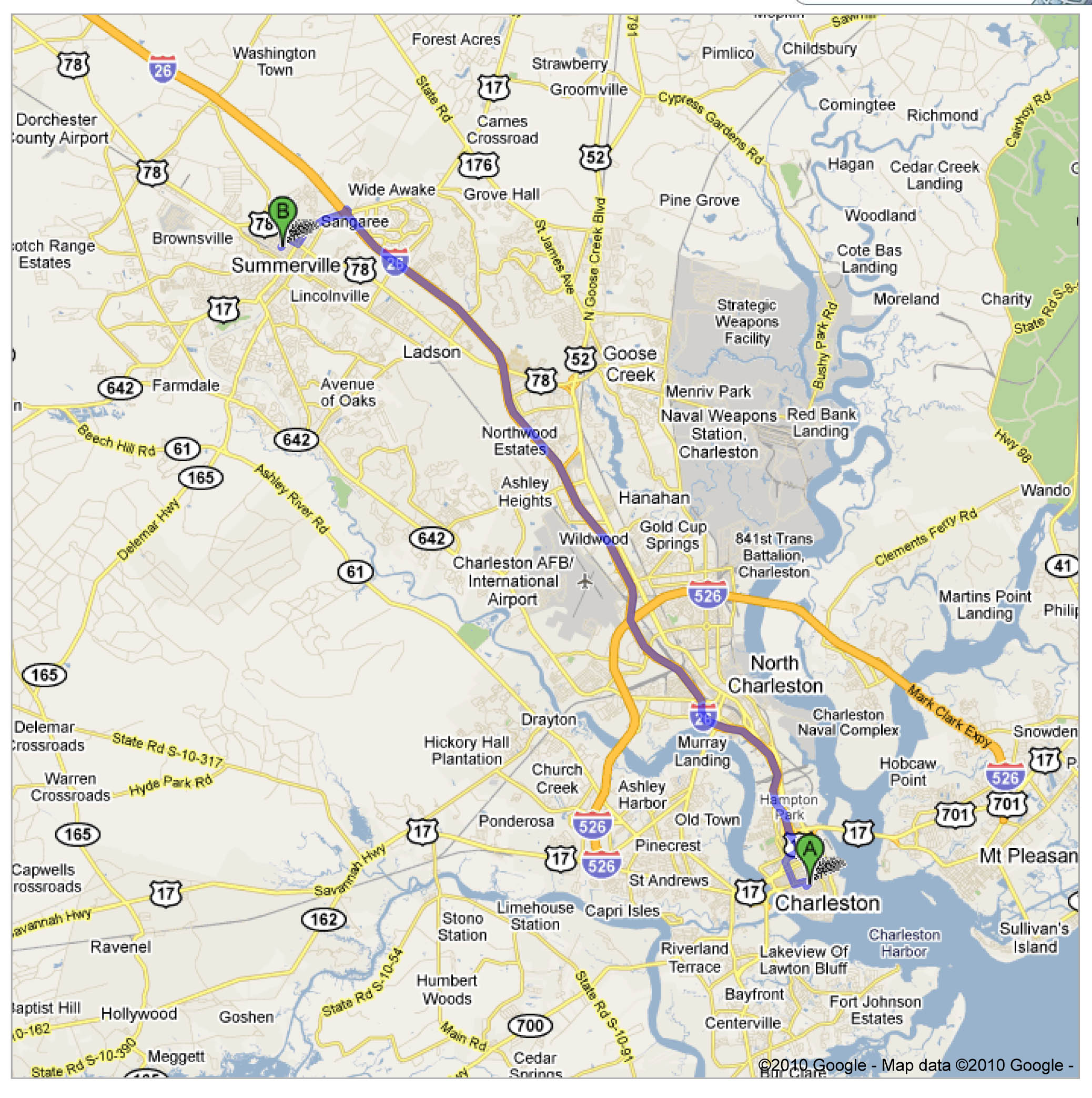
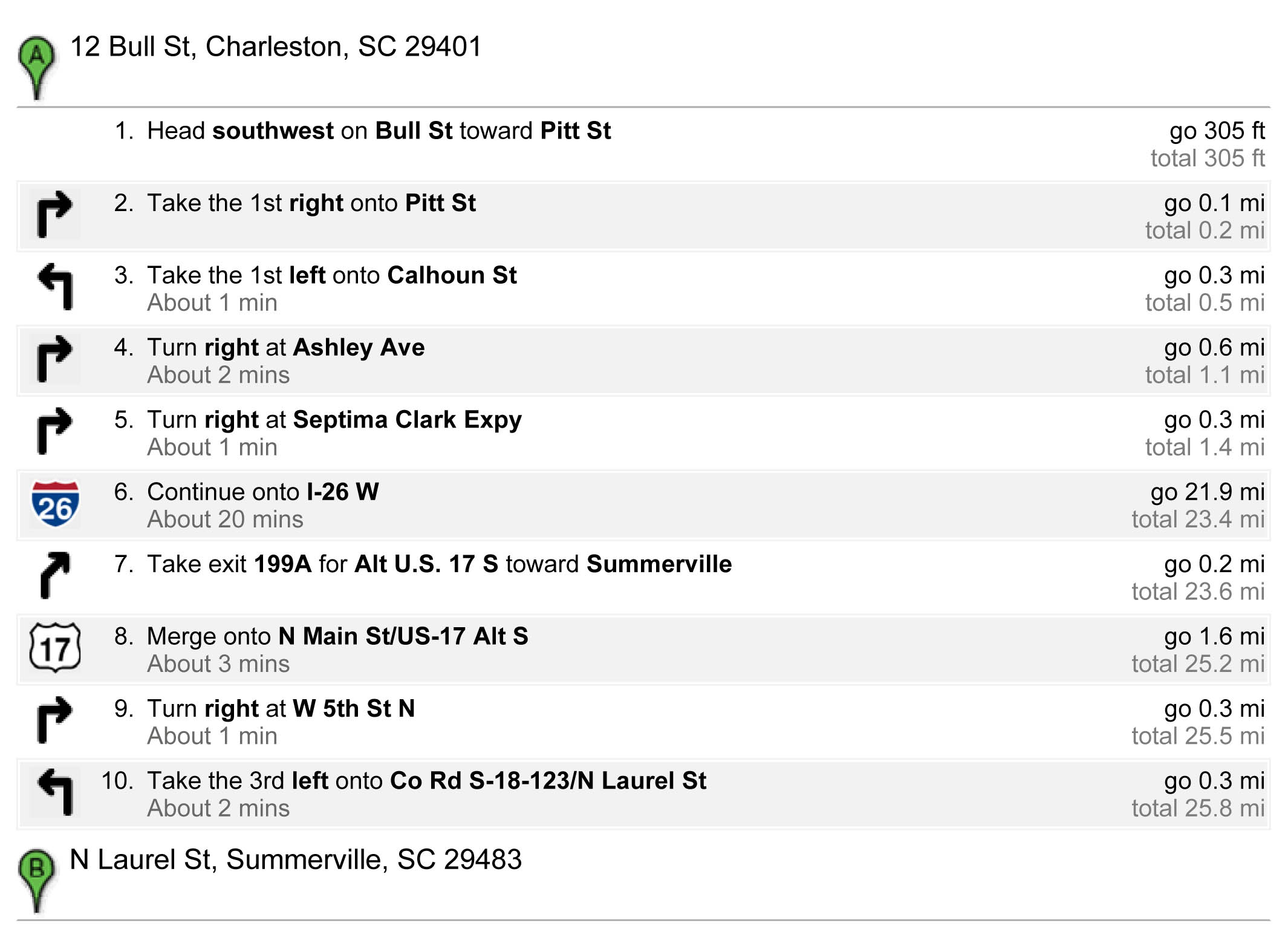
The second part is also a team effort to develop a strategic plan based on one of these approaches. This effort can be in the nature of a well thought out and rendered master plan or incorporate a greater level of written, researched planning methods that will help us work through those issues. This will be a written report with appropriate citations and graphics that will be presented to the town staff. The presentation will incorporate their previously done research from all the teams. Each team member will also develop a topic for further study as a result of their work here for their final paper.
Team A would likely get involved in a village plan centered on the downtown four blocks and the historic area.
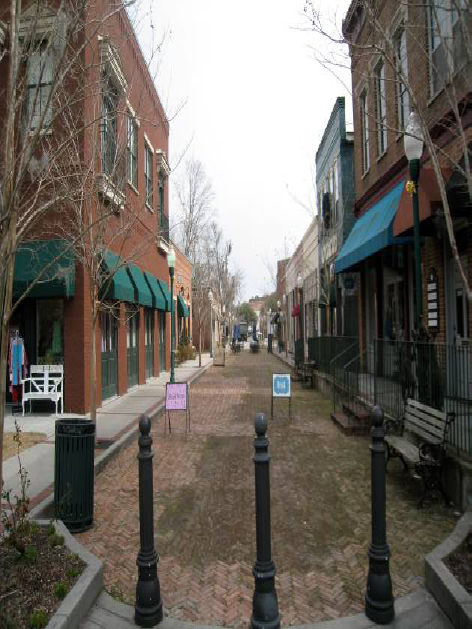
Team B would be involved in a composite of graphic and written information looking at ways to market and present the place.
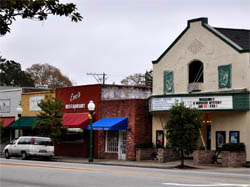
Team C would be involved in more large scale efforts to weave the effort into a rural pattern of design and planning that would be of this place and work to tie to new development.
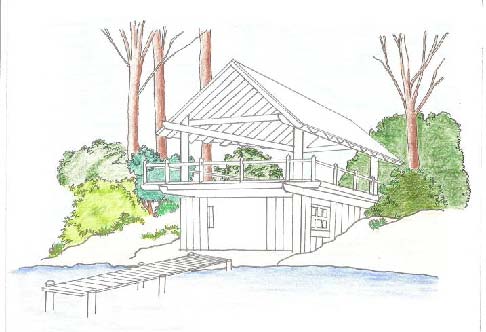
Team D would be interested in developing a regional framework for heritage planning that works with the current efforts. It would involve marketing as well as trying to structure an approach that works with traditional, perhaps not strictly historical, places.
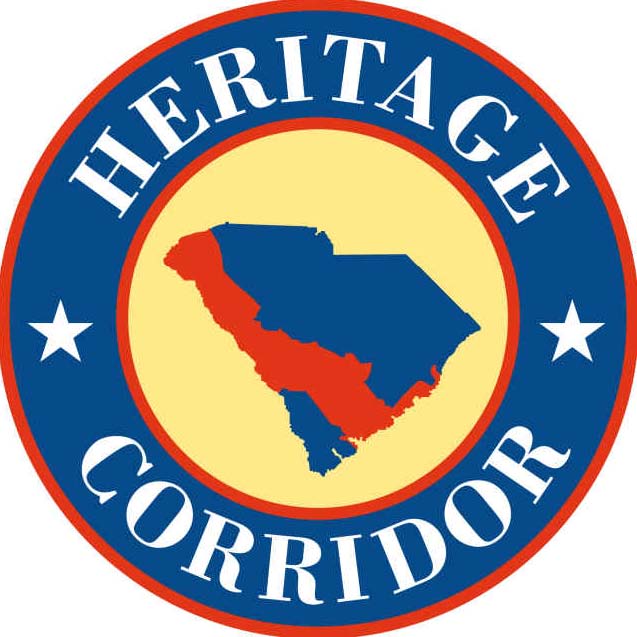
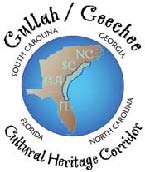
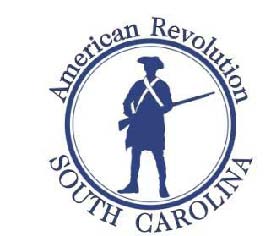
The final paper will be your personal effort at assimilating this information and demonstrating significant research into and development of a thesis or a practical planning or design project. Students will be submitting these reports and proposals immediately after mid term break. This will allow the remainder of the term for writing, editing and correcting the paper and potentially drawings. Each studnet will prepare a poster to represent their findings or work to present to the Town and to be available for the faculty at the College of Charleston to review.
The following are proposals for final papers entered as they are approved:
Trey Barbaree and Chelsea Drescher:
Representative Examples of Summerville Noteworthy Domestic Architecture: Histories, Design Notes, Social Context
Jason Crowley:
Architectural, Cultural and Social History of Pine Forrest Inn in Summerville, SC
Kristin Glavis:
Ashley River Road as a Scenic Parkway: A Comparitive Analysis
David Grovenor:
Summerville as a Train Town
Daniel Hudson:
Suitability Study of a New Greenway in Summerville
Hayley Jenkins and Alex Wilson:
Architectural History, Cultural and Material Heritage and Landscape Designs of the Lesser Known Plantation of Dorchester County
Jacqueline Johnson:
The Pedestrianization of Downtown Summerville: A Detailed Study and Proposal
Capitola King:
History of Golf In Summerville
Ryan Koba:
Design Studies for Hutchinson Park Gazebo
Rachel Maher:
Downown Summerville Streetscape Design
Thomas Mathewes:
Area Character Apraisal for Historic Summerville
Kalen McNabb:
Limestone to Tabby: The Evolution of Early Low Country Building Techniques
Nathan Nadenicek:
Religious Camps of Upper Dorchester County: An Architectural History
Taylor Pape:
Catalog and Analysis of the Inns of Summerville
Michael Parks:
Catalog and History of Summerville's Historic Religious Centers
Richard Pate:
Mapping Cultural resources of Dorchester County: A GIS Model
Paul Saylors:
Early Landscape Characterizations of the South Carolina Low Country: What the Early Naturalists Said About It
Jessica Seaborn:
Main Street Programs: A Comparison
Brendan Smith:
LEED and its Implementation in Historic Structures
Kayla Varney:
Historic Train Stations of South Carolina
Jessica Strangstalien:
Oral History Model for Gathering Information about the Gullah Culture in Dorchester County
Will Weaver and Wrenn Farrar:
Ashley River Boats and Thier Economies
John Crouch and Elizabeth Burns:
Virtual Models: Urban Design Proposal for Historic Summerville
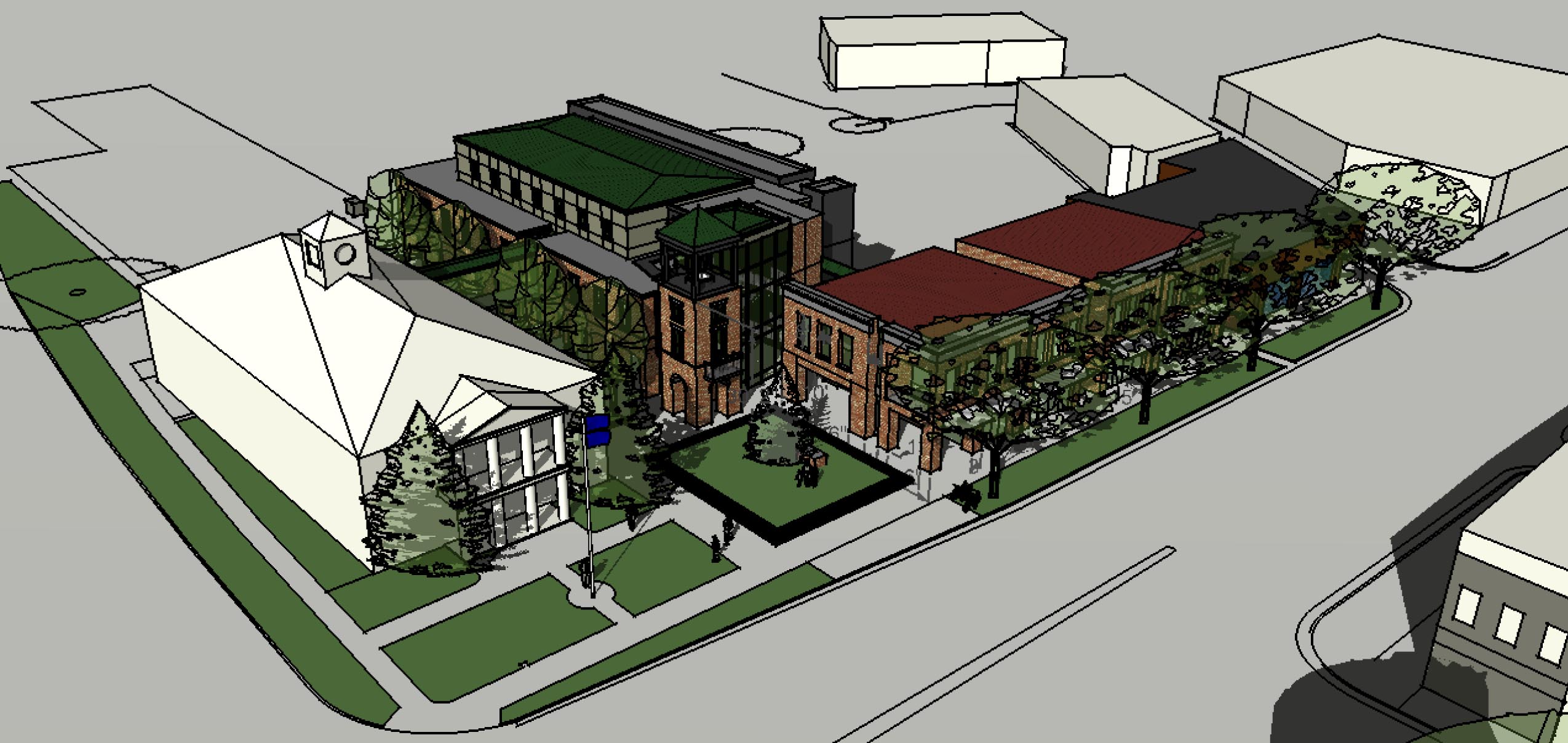
History of the Summer House
The Golden Age of Summerville Festival, “Summerville’s Architectural Heritage.”Panels for the Summerville -
| Sketch up
Model of City Hall courtesy of Liollio Architects |
Sketch up Model of Garage courtesy of Liollio Architects |
Cultural Landscape Reports from Brockington (email me for password)
1) Report from 165 Widening
2) Report from 642 Widening
(A good way to see what a Cultural report looks at and good information)
Dorchester County Recreation Master Plan
(Lots of base plans for regional planning)